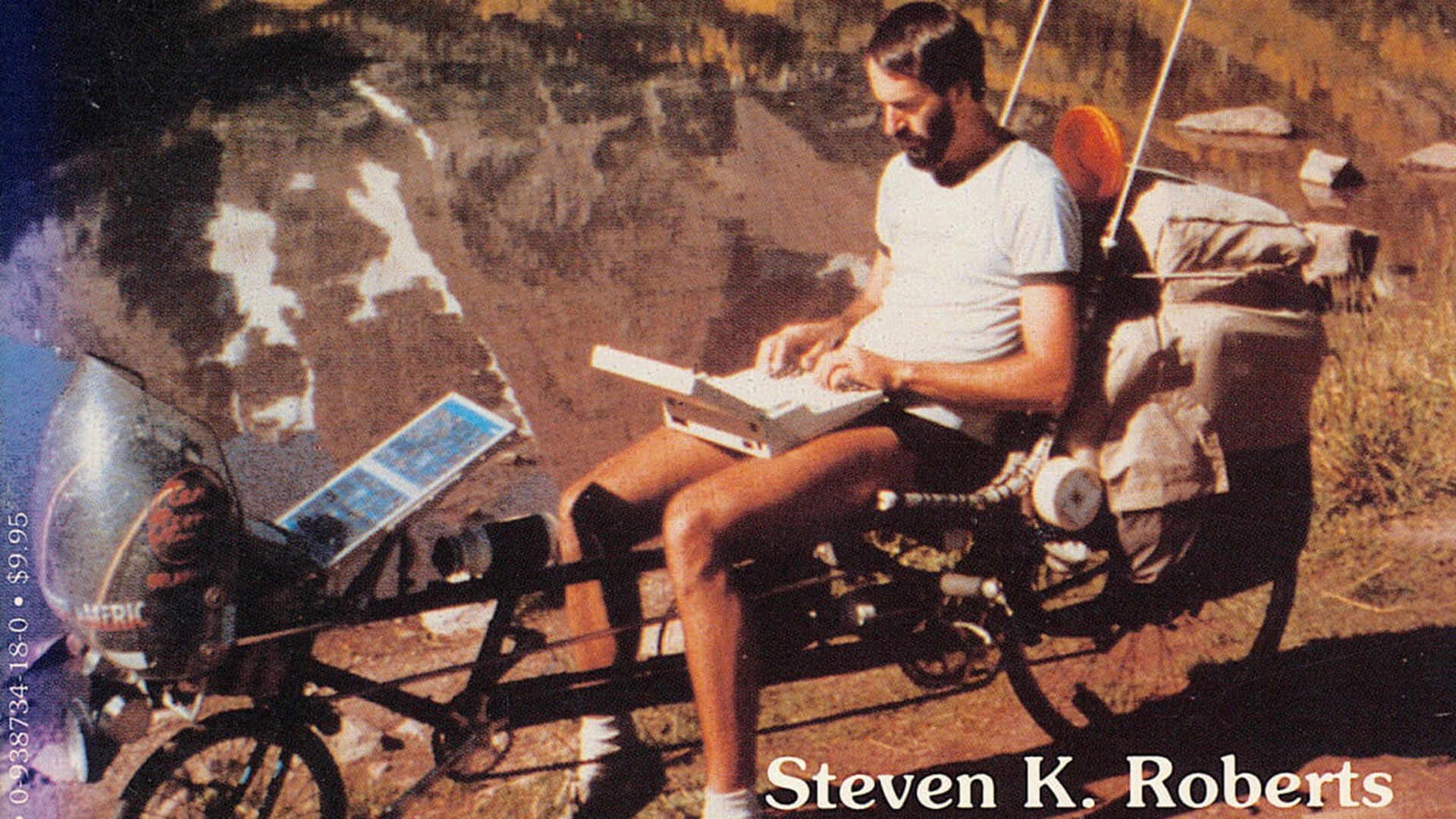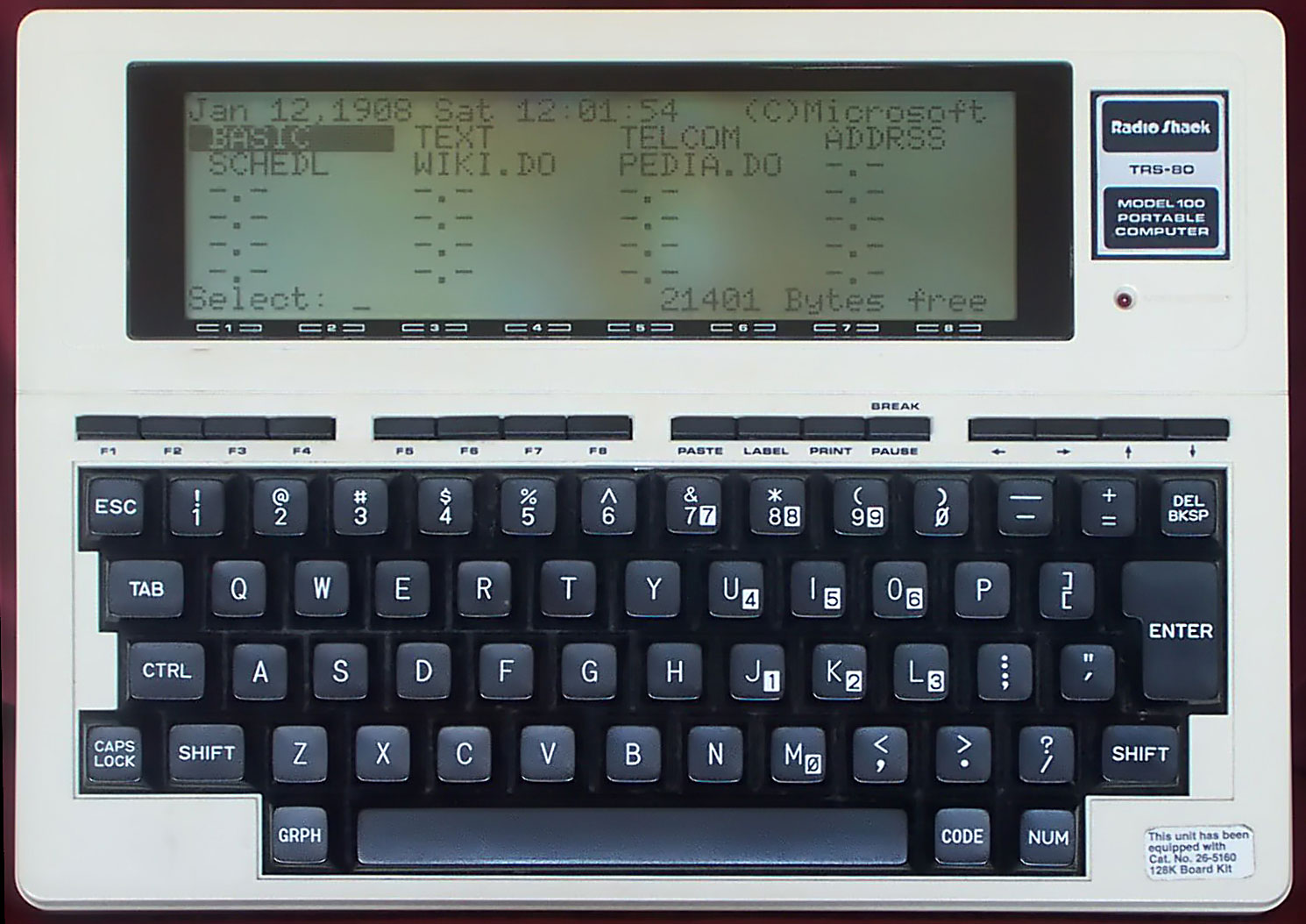Enthusiast biked 17,000 miles over 17 months with mobile computer to complete the pioneering Computing Across America expedition 40 years ago — solar and 1980s portable gadgets powered the 'Winnebiko' across America
The journey started before Windows 1, before the Apple Mac, before cell phones, and before the Internet, but Steven K. Roberts managed to work ‘on the road’ for 17 months.

In 1983, writer and computer whizz Steven K. Roberts began his multi-year Computing Across America quest, which would eventually be the basis of a book of the same name. Armed with his recumbent Winnebiko pedal-powered vehicle, solar panels, and the best early 80s portable tech he could lay his hands on, Roberts' journey lasted about 17 months. On the way, he traversed 17,000 miles of the U.S. while staying productive and keeping in touch with clients and publishers.
In many ways, Roberts was the pioneer of digital nomadism, a lifestyle that only gained real traction in the COVID era. However, this travelling trailblazer began his odyssey before Windows 1, before the Apple Macintosh, before cell phones, and even before the Internet. Roberts used to keep in touch with clients via CompuServe and other early online services.
Winnebiko (I) specs
The Winnebiko was fabricated by Roberts over a six-month period ahead of the Computing Across America trip. The original digital nomad refers to this recumbent cycle as “the elemental form of my technomadic adventure substrate.”
In essence, this pedal-powered low-riding vehicle was based around a “4130 Chrome-Moly frame, lugless, filleted/brazed construction, triple stays, built by Franklin Frames (Jack Trumbull).”
It also had a large 48-spoke, 27-inch wheel at the rear, and a 16-inch wheel at the front. Between them sat Roberts, pedaling his 18-speed derailleur and controlling the bike using under-seat steering.
Electronics specs
Many readers will be more interested in the electronics than the bike. However, the computers Roberts used were upgraded during the journey. Remember, this was a time of tremendous advances in personal computing, and the original digital nomad’s journey gained attention and traction in newspapers, magazines, and on TV.
Roberts began his journey with the Radio Shack Model 100 laptop as his tech mainstay. However, he would later upgrade to the HP-110 portable. The HP represented quite an advance, with its faster 16-bit processor, more RAM, storage, and bigger display. However, this IBM PC-compatible portable running DOS and Lotus 1-2-3 weighed nearly three times as much at 9 pounds and cost about three times as much.
Get Tom's Hardware's best news and in-depth reviews, straight to your inbox.
In the images on the linked blog post you can see Roberts working on both computer systems. We see him connecting to online services using the TRS-80 connected to a pay-phone. Later, there are images of him typing away on his HP in a tent.
During his travels the Winnebiko would trickle charge the batteries in the electronics using the 5W solar panel you can see. He was also be able to top up the large onboard 12‑volt battery using mains power during stops at hotels, garages, homes, and other friendly pitstops.
Lastly, if Roberts ever needed to get in touch with someone in an emergency, he had a CB radio built into the Winnebiko. As long as his batteries still had some life, he could shout “Break, break, break” for help on Channel 9.

Follow Tom's Hardware on Google News, or add us as a preferred source, to get our latest news, analysis, & reviews in your feeds.

Mark Tyson is a news editor at Tom's Hardware. He enjoys covering the full breadth of PC tech; from business and semiconductor design to products approaching the edge of reason.
